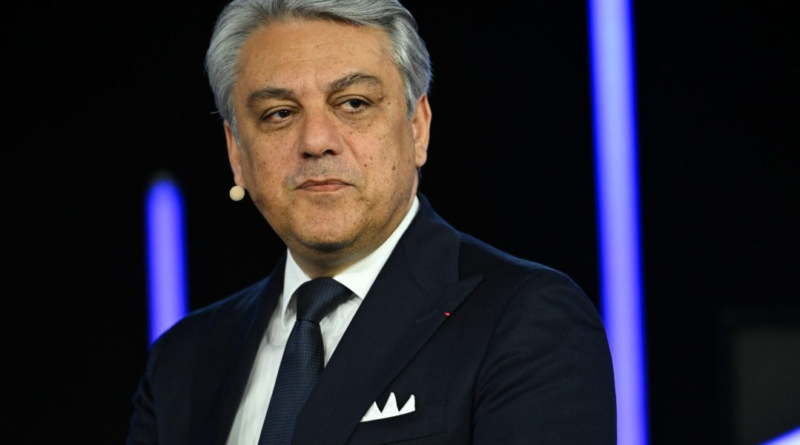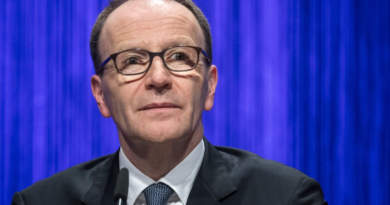Renault boss lament's Volkswagen's inability to 'work as a team' as joint cheap EV plan collapses
Renault’s CEO Luca de Meo is no stranger to the “onslaught” of cheap EVs from China. However, his efforts to team up with German competitor Volkswagen to create a viable, European-made alternative have come to nothing.
The two European automotive giants were in talks to develop an affordable version of Renault’s Twingo electric car.
Reuters first reported last week that these talks were on the brink of collapse as Volkswagen walked away from the table. De Meo, a vocal proponent of European automakers presenting a united front against the likes of BYD and Geely, confirmed the matter was closed to reporters Wednesday.
The impasse reportedly occurred because Renault wanted to build the car in one of its plants, clashing with Volkswagen’s ambition of fully utilizing its production network, a point spearheaded by the carmaker’s works council.
For de Meo, who previously worked for Volkswagen Group as president of SEAT, the failure of the talks inspired a passive-aggressive slight at his German competitors.
“I wanted to show that European industry could work together as a team, so I think this is a lost opportunity, but there may be others,” the Renault CEO told reporters Wednesday.
Reuters reported that Renault still plans to proceed with the electric Twingo, which could be ready as soon as 2026. Volkswagen, however, risks returning to the drawing board in search of an EV that can take on BYD.
Representatives for Volkswagen and Renault didn’t immediately respond to Fortune’s request for comment.
The EU’s role: From tariffs to a new ‘Marshall Plan’
It’s safe to say that the economics of a price war with the Chinese EV industry aren’t in European automakers’ favor.
Chinese firms like BYD and Geely have a considerable price advantage over their competitors in the West, owing to state subsidies, cheap labor and, uniquely, control of the entire supply chain of an EV, including batteries.
These advantages mean even the looming prospect of import tariffs following a European Commission investigation is unlikely to be sufficient to reduce the volume of Chinese EVs making their way to the continent.
BYD’s Seal U car, priced at €42,000 ($45,000) in Europe, is 11-fold more profitable there than in its home market, where it sells for €20,500 ($21,950). With economic logic like that, research from Rhodium Group determined that only a tariff exceeding 50% would be enough to deter large scale imports.
While U.S. President Joe Biden was able to slap a 100% tariff on Chinese EV imports, Europe is unlikely to flex its protectionist muscles in the same way owing to its greater dependency on the Chinese economy in other areas.
As an alternative, de Meo has pleaded with policymakers to increase demand incentives for cautious European drivers, whose ardor for EVs has cooled in recent years amid inflationary pressures.
In March, de Meo evoked World War II by calling for a “Marshall Plan” in a brief letter that name-checked China 23 times, including a reference to Europe facing an “onslaught” of electric vehicles from the country.
Europe should increase the availability of small, affordable EVs and reduce the on-road lifespan of carbon-emitting internal combustion engines, de Meo said.
The Renault CEO’s sign-off following the collapse of its prospective Volkswagen project would suggest that he is still looking for other European carmakers to collaborate with him on an EV that might challenge the wave of imports.
Not everyone is likely to be receptive, with some carmakers taking an “if you can’t beat them, join them” approach.
Stellantis, the manufacturer behind Alfa Romeo, Fiat and Peugeot, announced it would start selling Chinese EVs in Europe later this year through its partnership with Hangzhou-based Leapmotor.
Explaining the move, Stellantis CEO Carlos Tavares said: “Whether I like it or not they are grabbing share.
“What I can do is leverage that dynamic.”
Whatever route Europe’s automakers take, it’s clear that they need a strategy for dealing with a formidable challenge that has only just begun.



